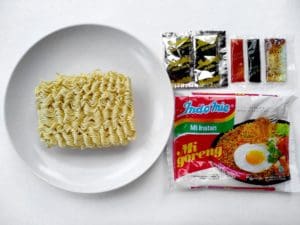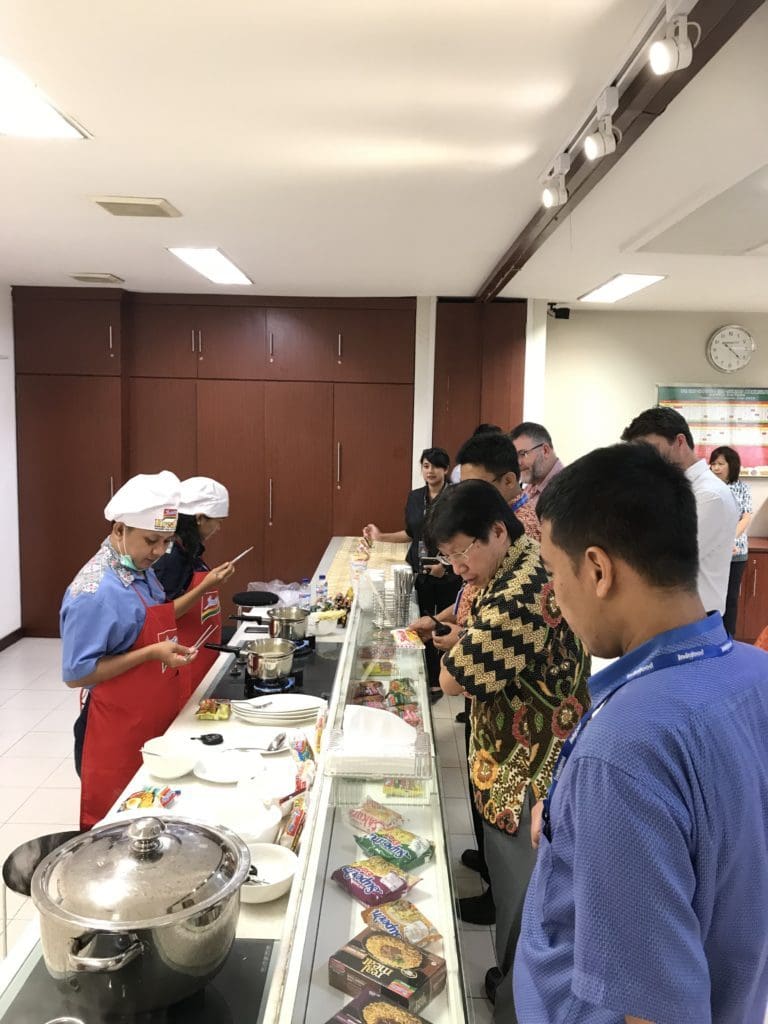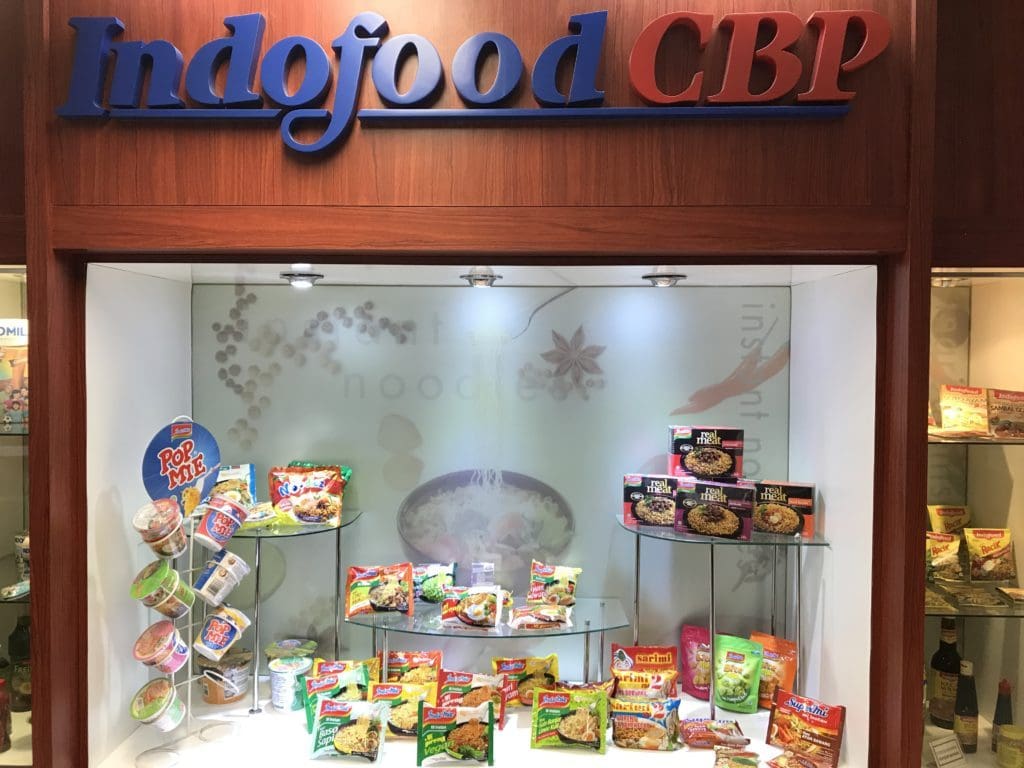IT’S a familiar meal for university students on a budget, and it plays a crucial role in maintaining demand for Australian wheat in our largest market.
 The humble mi goreng is big business.
The humble mi goreng is big business.
New analysis from Australian Export Grains Innovation Centre (AEGIC) has thrown into sharp relief the importance of the Indonesian noodle market to Australian wheat exports, and the challenges being faced.
AEGIC chief economist Professor Ross Kingwell said 13 billion packets of instant noodles are sold in Indonesia each year, accounting for 15 per cent of all instant noodle consumption on earth.
“Indonesia imports 3 to 3.5 million tonnes of wheat for noodles each year, largely from their preferred supplier – Australia,” he said.
“Instant noodles are by far the most popular form of noodles. Fresh noodles are a relatively small but still important segment.
“Due to its stability and magnitude, Indonesia’s noodle market, especially its instant noodle market, will remain a major source of Indonesia’s demand for Australian wheat.”
Professor Kingwell said while the story for Australia was positive, it was not a simple one.
“Noodle consumption per person has gone through incredible growth over the past few decades, however that growth has now plateaued,” he said.
“Nevertheless, due to Indonesia’s strong population growth, overall demand for wheat for instant noodles will continue to grow by 350,000t by 2030.
“Meanwhile, even though they prefer Australian wheat due to its unique quality attributes, Indonesian noodle makers are learning more and more about how to incorporate wheat from low-cost competitors such as Russia, Ukraine and Argentina.”
Professor Kingwell said a growing “premium” instant noodle market was emerging as incomes increase which could be an opportunity for Australia.
“These noodles are higher quality and Australian wheat is more likely to be used in this segment,” he said.
“Australia needs to defend its strong position in the instant noodle market, especially at the premium end.
“Importantly, Australia also needs to focus on the higher-quality fresh noodle segment. Fresh noodles, which make up about 20pc of noodle consumption in Indonesia, are more popular among wealthy, urbanised consumers. These noodles have more sophisticated quality requirements than instant noodles.
“Australian wheat is already recognised for its superior colour and colour stability, which is an important consideration for fresh noodle sellers who want to be able to display bright, yellow noodles for as long as possible.
“Australian wheat is also recognised for fresh noodle texture properties. Previous AEGIC research has identified potential room for improvement in this area which could further bolster Australian wheat in the fresh noodle segment.”
But it’s not just about noodles. According to AEGIC’s analysis, the Australian wheat industry could capture other opportunities outside noodles, such as bread, cakes and biscuits.
“As Indonesians become more wealthy and urbanised, they will demand more breads, cakes, biscuits and confectionery. Providing wheats tailored to a wide spectrum of premium-paying markets in Indonesia is a sound risk-diversification strategy for Australia,” Professor Kingwell said.
Indonesian noodles: fact file
- Noodle consumption skyrocketed after instant noodles were introduced in the 1970s. However, rice is still the number one staple in Indonesia.
- Previous AEGIC research showed that Australian wheat is preferred for Indonesian instant noodles, mainly due to its superior colour attributes.
- By 2030, an additional 350,000t of wheat will be needed to meet consumer demand for instant noodles. This equates to 170 million more packets of instant noodles.
- Instant noodles are the main type of noodles consumed in Indonesia and this will continue. 13 billion packets of instant noodles are sold in Indonesia each year.
- Indonesia accounts for 15pc of all instant noodle consumption on earth.
- Nearly 20pc of young Indonesians (10-19) eat more than one packet of instant noodles every day.
- The ubiquitous Indomie mi goreng brand is Indonesia’s most recognised national brand – not just among food brands, but all brands.
- Indonesia imports 3-3.5Mt of wheat for noodles, mostly from Australia.
- Indonesian noodle producers are increasingly using wheat from lower-cost wheat producers such as Russia, Ukraine and Argentina, especially in the instant noodle market.
Source: AEGIC
‘The Indonesian noodle market: it’s importance to Australian wheat exports’ is the second in a series of three reports on the current status and future prospects of the Indonesian wheat market.
Download the report findings and recommendations fact sheet and the full report.



HAVE YOUR SAY